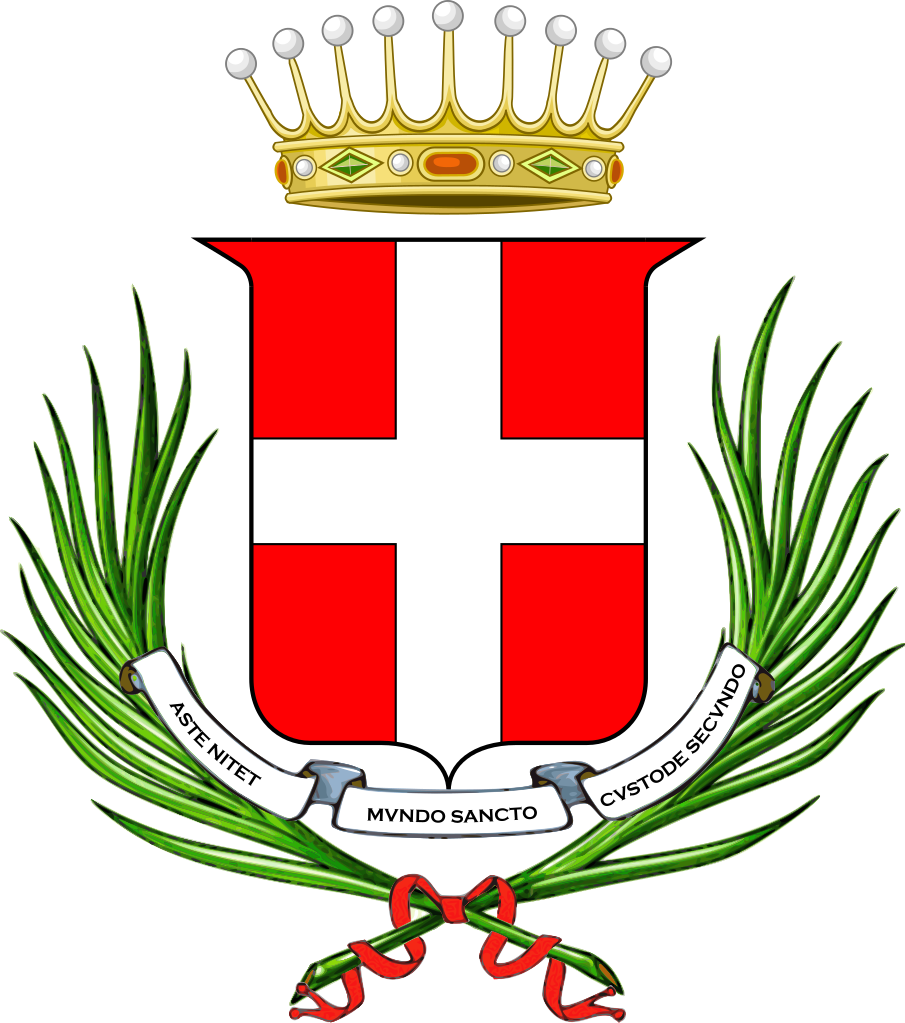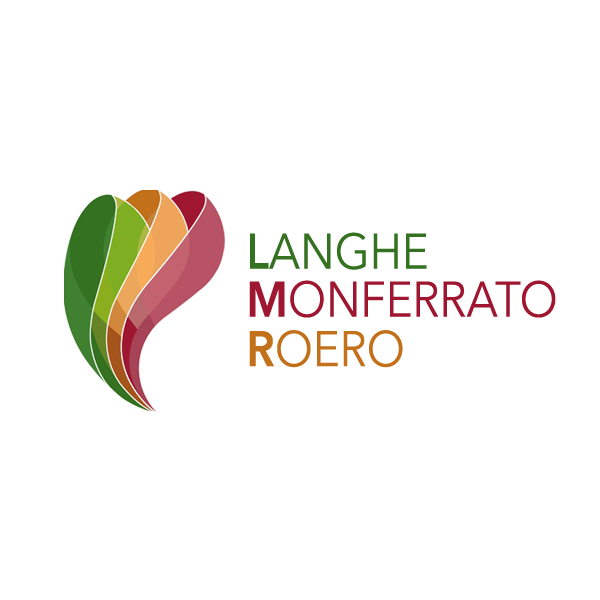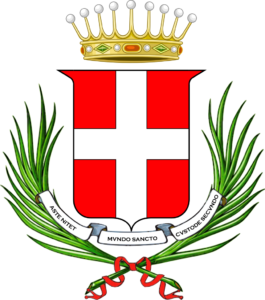Palazzo Ottolenghi (closed for renovation) and Museum of the Risorgimento
PalacesORARIO DI APERTURA
Saturdays, Sundays and holidays
![]()
musei@comune.asti.it
Corso Vittorio Alfieri, 350
Tickets:<br>014 1592091<br>340 3506539<br>info@astipaleontologico.it
SCOPRI DI PIÙ
LUOGHI DI INTERESSE NELLE VICINANZE
Solaro Tower , Palazzo Zoya , Comentina Tower , Palazzo Alfieri
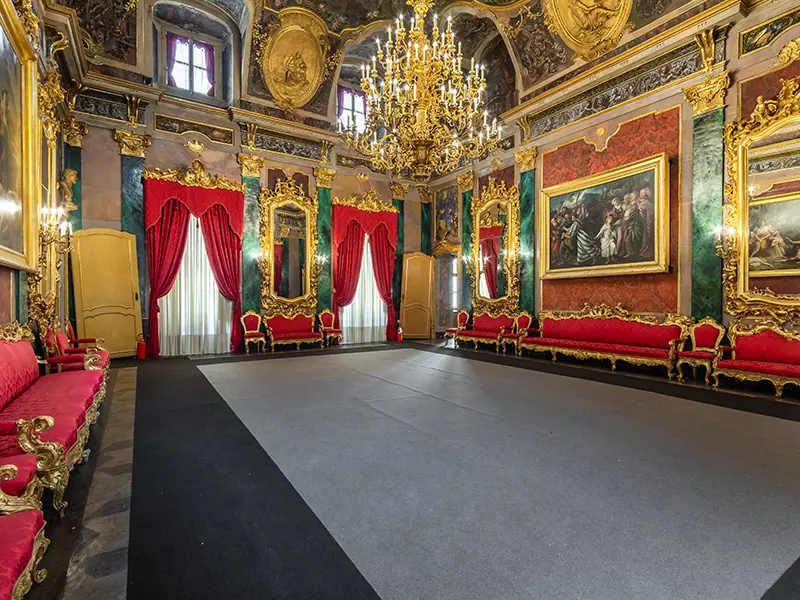
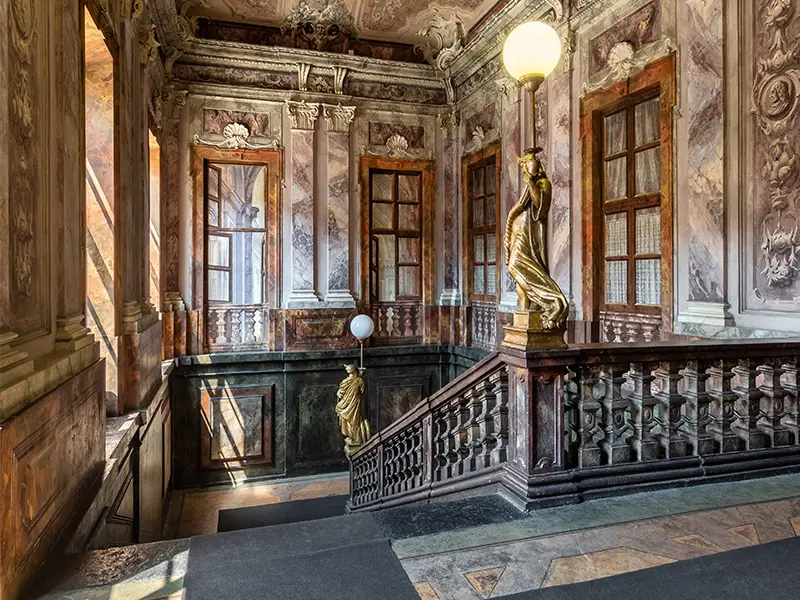
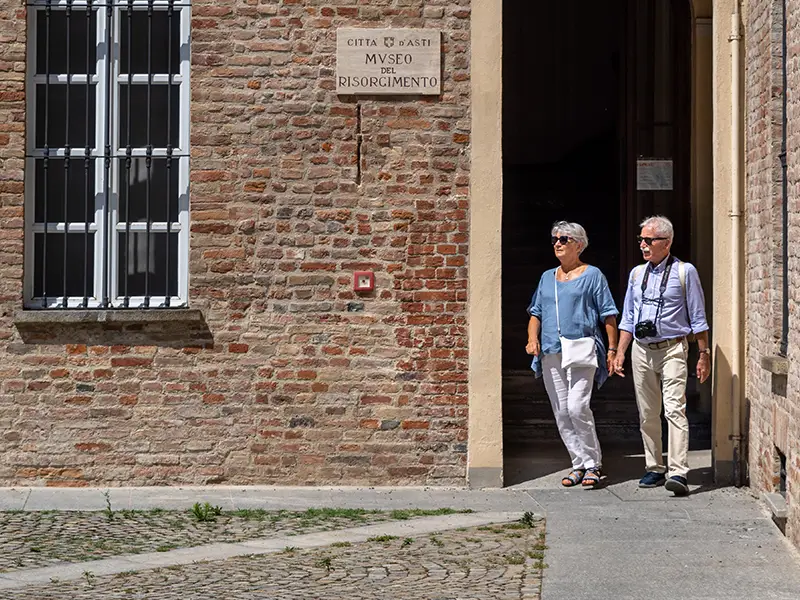
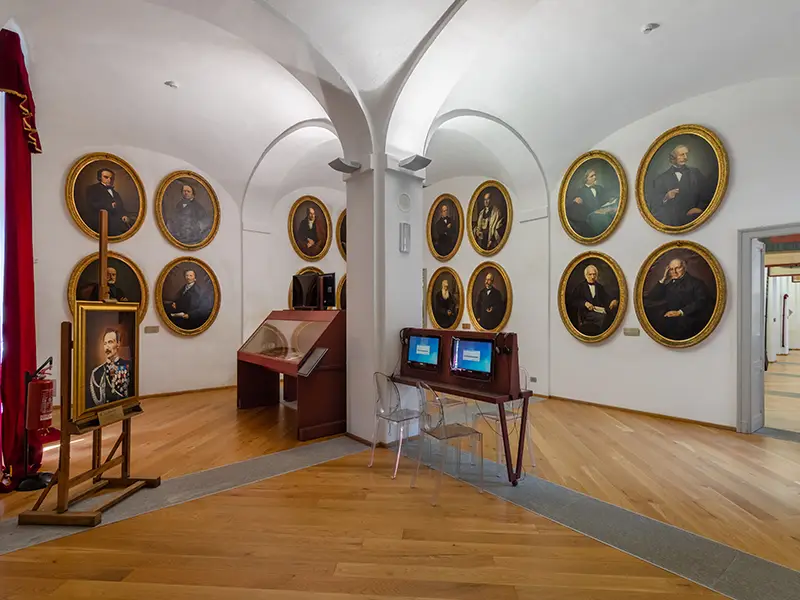
The most prestigious baroque palace in Asti
It houses the Museum of Risorgimento in its rooms
Palazzo Ottolenghi - closed for renovation
Located along Via Maestra (currently Corso Alfieri) and in the historic center, Palazzo Ottolenghi takes its name from the last noble family who lived there.
Born from the union of two medieval buildings, the Palace was inhabited until the mid-eighteenth century by the Ramelli di Celle family, changing ownership in 1754. With their takeover, the Gabuti di Bestagno imposed an important transformation of the building, assigning the works to Benedetto Alfieri.
The Palace was purchased in 1851 by Count Zaccaria Ottolenghi, a member of an influential Jewish family and father of the illustrious patron Leonetto from Asti. The Ottolenghi did not concentrate their wealth and their artistic interests only on the family palace.
In fact, Zaccaria became the promoter and financier of the construction of Teatro Alfieri (Theater), while Leonetto built the New Jewish Temple and Liceo Dante Alighieri (School), had a monument erected for the fiftieth anniversary of the Albertine Statute and one for the memory of King Umberto I. He also bought Palazzo Alfieri donating it to the Municipality, making it a cultural center for the citizenship."
Museo del Risorgimento (Museum of the Risorgimento)
It is to Leonetto Ottolenghi that we owe the idea and creation of the original nucleus of the collection, namely the portraits of the protagonists of the Risorgimento and the paintings of the battles.
The works in this collection were commissioned by him to set up the rooms dedicated to the Risorgimento exhibition of the Esposizione Nazionale di Viticoltura, Enologia ed Arti Affini (National Exhibition of Viticulture, Enology, and Related Arts), wanted to celebrate the fiftieth anniversary of the Albertine Statute (1898).
The museum's patrimony is made up of banners and flags of the Società di Mutuo Soccorso (Mutual Aid Associations), weapons, a large number of medals and coins, and a large collection of memorabilia donated by Asti people who fought during the Risorgimento or by their heirs.
The air-raid shelter
From the Risorgimentali rooms you can descend directly into the air-raid shelter, built in 1943 for the Offices of the Royal Prefecture.
With a reinforced concrete structure of about two meters thick for the vaults and one meter for all the walls, the shelter consists of two adjacent rooms of about 30 square meters and has a total capacity of 20 people. In the exhibition rooms of the basement, a series of educational panels and windows tell the story of the city in the period between the First and Second World War.
Accessibility
The layout of the museum has been designed to ensure maximum accessibility.
For people with reduced or impaired mobility, a multimedia station has been provided that illustrates what is in the basement. In addition, two visual-tactile stations have been set up for the blind, to tell them about the rooms of the museum.


